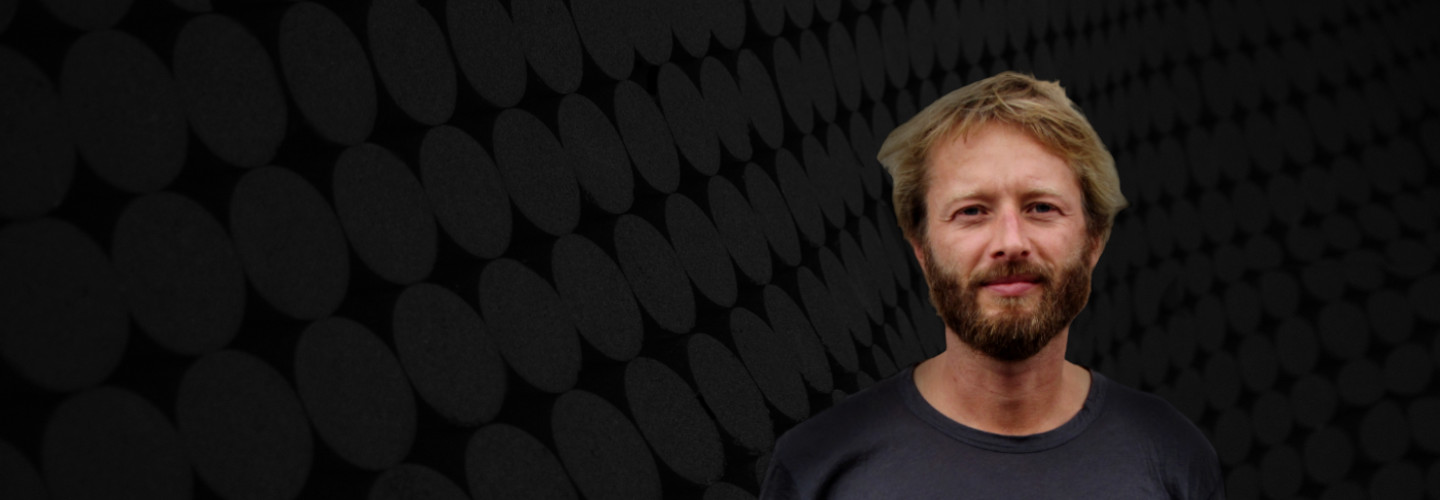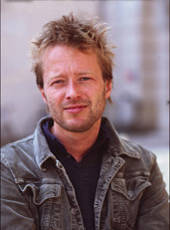

Johannes Maria Staud
... gleichsam als ob ...
Short instrumentation: 3 3 3 3 - 4 3 3 1 - perc(5), hp, pno, str(14 12 10 8 6)
Duration: 17'
Dedication: Heidrun
Instrumentation details:
1st flute (+picc)
2nd flute (+picc)
3rd flute (+alto fl)
1st oboe
2nd oboe
3rd oboe (+c.a)
1st clarinet in Bb (+cl(Eb))
2nd clarinet in Bb (+cl(Eb))
3rd clarinet in Bb (+bass cl)
1st bassoon
2nd bassoon
3rd bassoon (+cbsn)
1st horn in F
2nd horn in F
3rd horn in F
4th horn in F
1st trumpet in C
2nd trumpet in C
3rd trumpet in C
1st trombone
2nd trombone
3rd trombone
tuba
1st percussion
2nd percussion
3rd percussion
4th percussion
5th percussion
harp
piano
violin I (1st stand)
violin I (2nd stand)
violin I (3rd stand)
violin I (4th stand)
violin I (5th stand)
violin I (6th stand)
violin I (7th stand)
violin II (1st stand)
violin II (2nd stand)
violin II (3rd stand)
violin II (4th stand)
violin II (5th stand)
violin II (6th stand)
viola (1st stand)
viola (2nd stand)
viola (3rd stand)
viola (4th stand)
viola (5th stand)
violoncello (1st stand)
violoncello (2nd stand)
violoncello (3rd stand)
violoncello (4th stand)
contrabass (1st stand)
contrabass (2nd stand)
contrabass (3rd stand)
Staud - ... gleichsam als ob ... for orchestra
Translation, reprints and more

Johannes Maria Staud
Staud: ... gleichsam als ob ...Orchestration: für großes Orchester
Type: Studienpartitur (Sonderanfertigung)
Audio preview
Work introduction
As I began to write this programme text, I was (once again) faced with the well-known dilemma that all composers are acquainted with: How can I convey the quintessence of this work to the listener in a few words? How can I briefly express something in writing that took me nine months of work to put into music? Am I, as the composer, even detached enough to write objectively about my own work?
It seemed that the only possible way to approach this task would be from music theory. Thus I could talk about the composition, for example, as characteristic harmonic progressions; about the centralisation of the harmony in the first movement and its flexibility in the second movement; or perhaps, instead, about the Fibonacci-numerical row, which is the basis of the larger formal plan as well as of the rhythmical structure of the smallest musical detail. Of course, this aspect influenced the overall plan and my concept of orchestration, which aimed at the concrete and wide-ranging expression of individual ideas, as well as the clarification (and even the destruction) of larger formal processes. But there is not enough space in this introduction to discuss these aspects thoroughly. I will therefore limit myself in the following to some general remarks about the work.
The choice of the title stems from the desire not to burden the perception of my music with a pre-determined complex of ideas. Like a parable, I have indicated the possibility of non-musical associations which could occur to the listener as he hears the piece. This should emphasize the purely metaphysical nature of the music whose 'meaning' is not merely a mirror of reality. At the same time, it would be dishonest not to admit that non-musical events and experiences during these nine months affected and thus (probably unconciously) exerted an influence on my work - not the least: my anger about the formation of this new, completely intolerable Austrian federal government.
Nevertheless, I would ask you to accept my work for what it is – namely music! Composition itself is a process of the abstraction of an autonomous model, transforming even the most concrete external impulse until it isn't even recognizable. This is absorbed into a whole which would never have been created in this form otherwise (and hence owes its origin to that impulse) but on the other hand, results solely from compositional, musical logic.
Johannes Maria Staud
